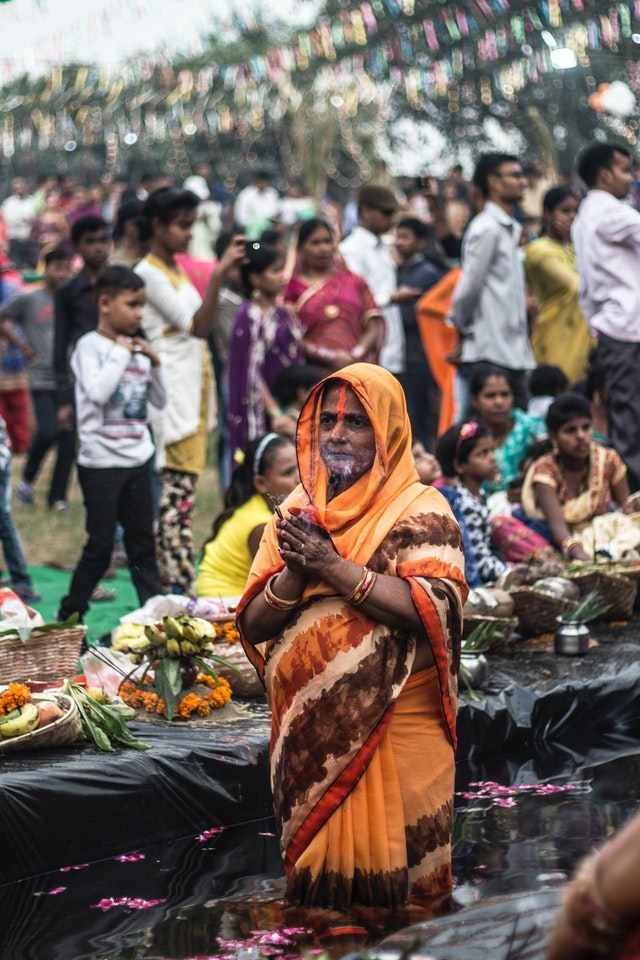The western coast of India is home to the world’s largest salt desert, the Rann of Kutch. The area was once part of the ocean, but geological changes over thousands of years turned it into the world’s largest salt lake. Somewhere here lies Dholavira, one of the greatest cities in India’s unknown history.
This Harappan city was discovered in 1956, but its ruins remained buried underground for 35 years. The exploration of Dholavira began in 1990, and the work proved to be extremely laborious.
After years of digging, invaluable things were found. But one day something happened that surprised everyone. A white stone emerged from the ground. Then more markings began to appear, perhaps related to an ancient language or code.

Do these reveal the secrets of the Indus Valley Civilization? Is this a language that no one has been able to decipher to date?
One by one, ten symbols were found in Dholavira, all made of gypsum. The most surprising thing was that these symbols were found near the main gate of the city.
There may be more such mysteries hidden in this desert. But the problem is that we do not know what is written on them. And the biggest reason for this is that we are not able to read it. The script of the Harappan civilization remains a puzzle to this date.

Dholavira, located in the Kutch district of today’s Gujarat, was an important part of the Indus Valley Civilization.
Archaeologists believe that this city was settled in about 120 acres and was about 5000 years old, which was older than the Great Pyramids of Egypt. People lived in Dholavira for about 1500 years.
The people here were very civilized and advanced. They had state-of-the-art technology even at that time. Think, in 3600 BC, they had built underground drains. They had cement roads and other advanced structures.
The city was built in a planned manner, which shows that they had knowledge of civic planning. They had knowledge of trigonometry, proportions, and mathematics. They even made small models to build their city. All this happened at a time when the world had not even thought of these things.
Dholavira was a coastal city with very advanced water management. The city was located between two rivers, Mansar and Manhar. The water system here was so good that today, in the 21st century, where wars can happen due to lack of drinking water, there was no shortage of water in Dholavira 5000 years ago.

Dholavira was a major port on the Arabian Sea. Trade was at its peak here, and people used to play with beads. The beads made in Dholavira have been found as far as Mesopotamia (today’s Iraq). But it is still a mystery how Dholavira suddenly disappeared.
Dholavira was the Mumbai of that time. This ancient civilization knew the powers of nature. People used to trade all over the world. But then what happened? Where did their script go? Where did their city-building technology disappear? These questions remain unanswered even today.
Will the secrets of Dholavira ever be revealed? Or will this civilization remain a riddle forever?
The answers may be buried in the sands of time or may someday come to our hands. But one thing is certain—Dholavira reminds us how mysterious and deep our history is.

About the Author
Manish love to write and he is a Civil Servant. Users can follow Manish on Instagram ![]()
9 FALSE BELIEFS ABOUT MENSTRUATION IN INDIA
Aww !! Periods days, the painful and restless days for every women, Mensuration days of…
How to know if a person really loves you
There are a few clues to look for to know what’s on your loved one’s…
Changing Young Iran, Secret Parties Under Threat of Prison!
Iran is changing! In the heart of Iran, where social norms and rules restrict alcohol…
Why Sharks will Attack Humans If They Get Too Close ?
Despite their enormous size and fearsome jaws, sharks are naturally quite cautious animals. They may…
Who is Catriona Gray ?
Catriona Gray was born on January 6, 1994 in Cairns, Queensland, Australia, to a Scottish…
31 Countries without army !! Really ?
Countries without an army, Is it really possible? We discovered more than 30 countries that…






